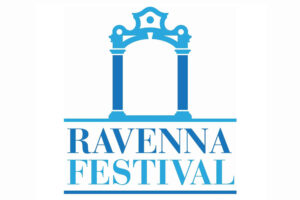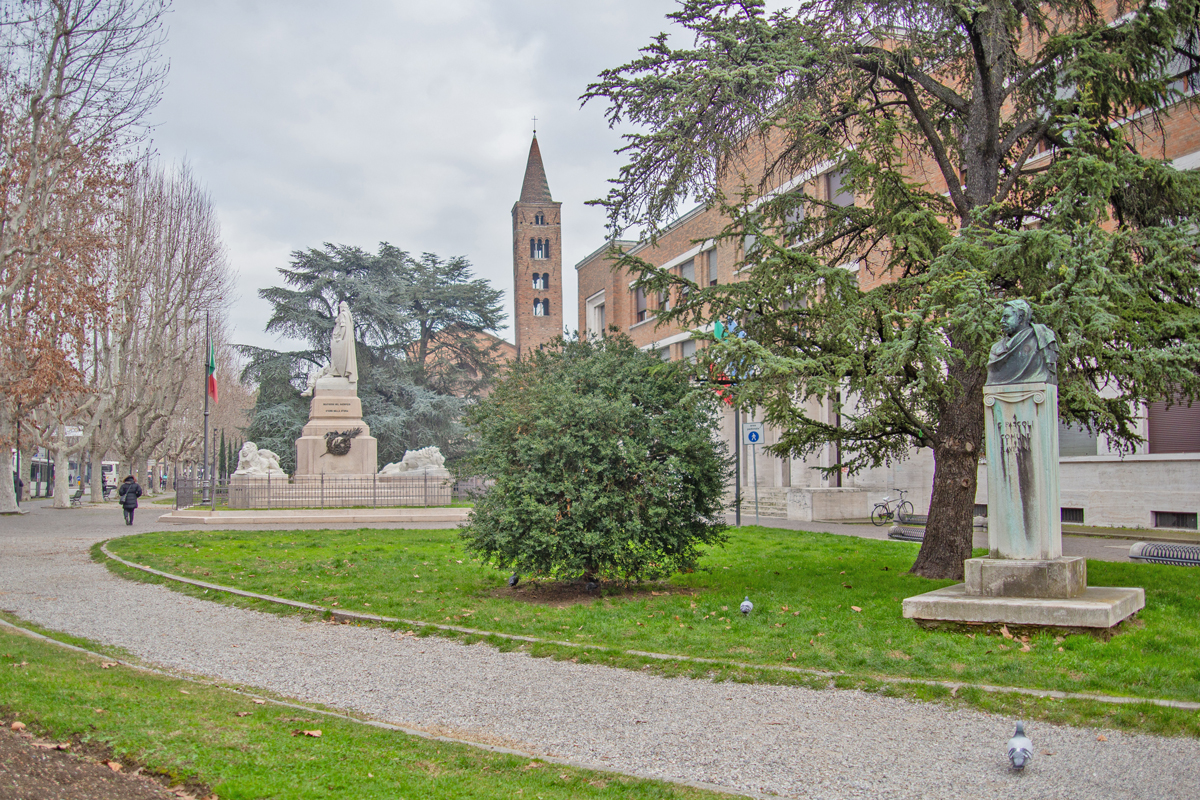PIAZZA ANITA GARIBALDI takes its name from the monument inaugurated on September 10th 1888 in the presence of King Umberto I and dedicated to Anita Ribeira de’ Silva di Merinos, “wife and companion in glory and misfortune of Giuseppe Garibaldi” and “to the people of Ravenna who died on the scaffold, in prison, in war and in exile”, as stated in the municipal resolution that launched the project to honour those who died for Independence, conceived on the annexation to the Savoy State in 1860.
The work was entrusted to the Cesare Zocchi from Florence and, in a climate of high social conflict and ideological conflicts between monarchists and opponents, it raised a number of controversies.
In protest against the royal family, 23 republican and 28 socialist associations of sharecroppers and farm labourers did not even attend the inauguration.
The four lions depicted in the monument symbolise the crucial years of the Risorgimento: 1831, 1848, 1859 and 1870. The female figure, in the guise of the goddess Athena, giving a laurel wreath to a fallen soldier, represents the city of Ravenna.
The bronze bas-reliefs depict two moments in Anita’s life: wading across the River Canavas and her death from malaria on August 4th 1848 at the Guiccioli farm, north of Ravenna.
The square itself is slightly older. Built in 1879 along the avenue leading to the railway station, it took the place of old buildings in the neighbourhood.
During the bombings of 1944, the square and the monument were severely damaged. After the end of the war, they were restored to its original condition.
The “Genius of Waters” mosaic
In 2011, the square underwent major excavation works aimed at creating an ecological island. On this occasion, mosaic flooring from the Roman period was discovered, now preserved in the TAMO Museum.
The remains come from a residence of Roman Imperial age, with black and white mosaic floors and geometric patterns. They are attributable to four different rooms surrounding a courtyard, at the centre of which was also a well.
On one of these floor remains there is a bearded figure, symbol of a river god – that is the reason why the exhibition was called “The genius of waters”.








